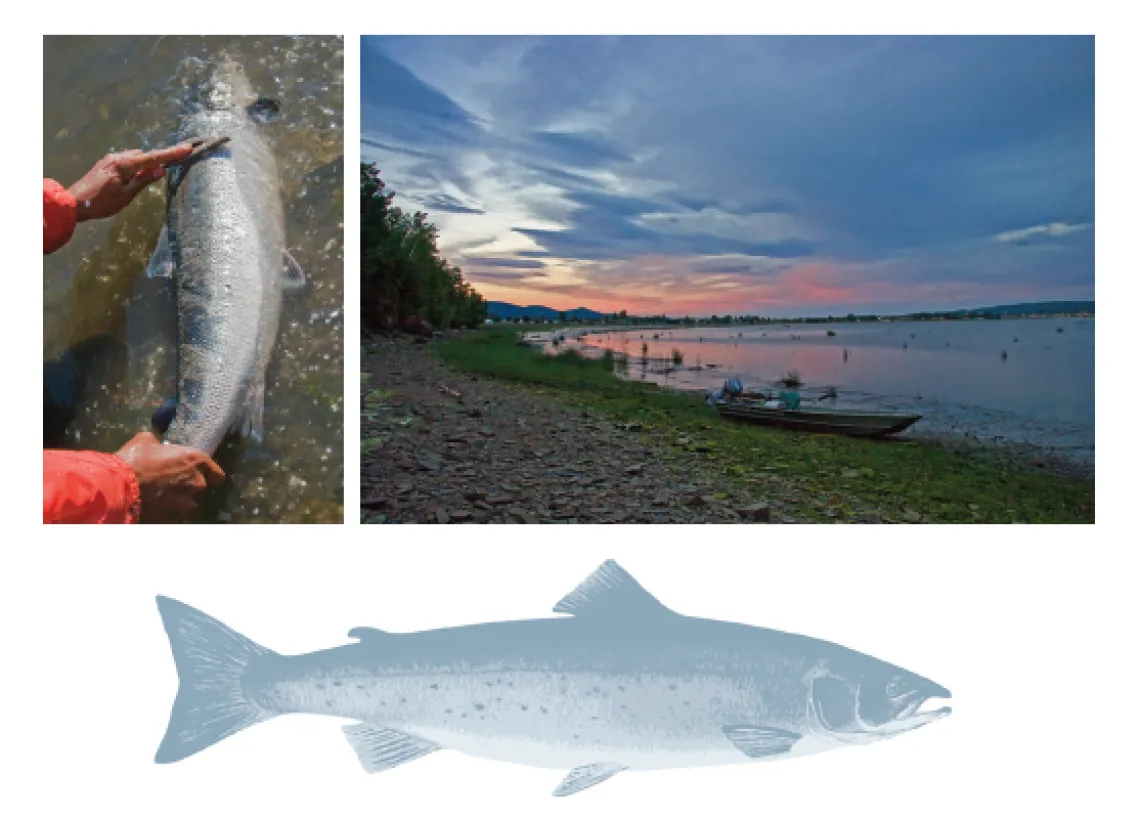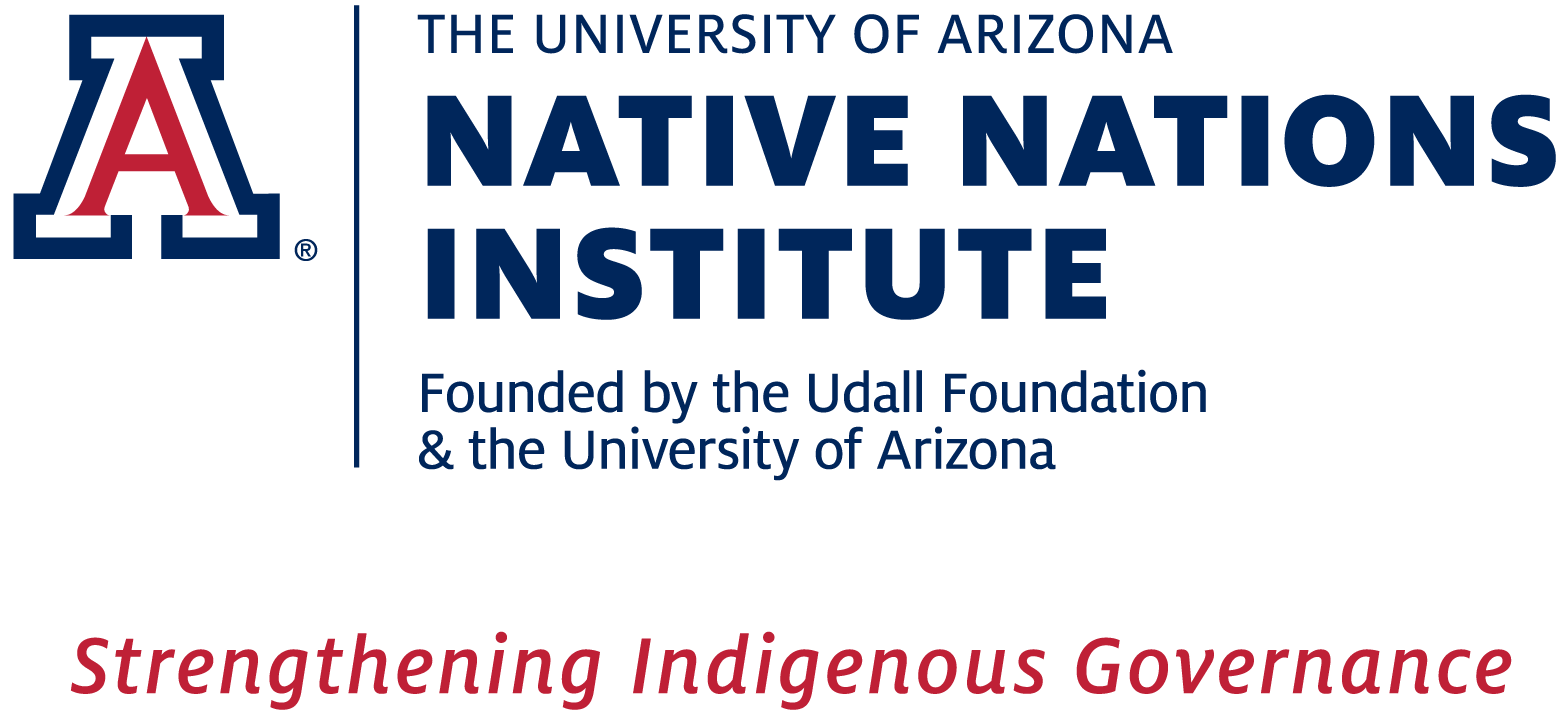Making First Nation Law: The Listuguj Mi'Gmaq Fishery

On May 19, 1993, the Listuguj Mi’gmaq First Nation Government took over the management of the salmon fishery in the Restigouche River where it flows between the provinces of New Brunswick and Quebec – waters the Listuguj Mi’gmaq people had fished for many generations. They did so not under a contract with provincial or federal authorities – the province of Quebec in fact opposed them. Nor did they do it by asking permission or receiving a request from some other government – they asked no permission and received no such requests. Nor did they do it by force – although their actions were shaped in part by violence. They did it by passing, implementing, and enforcing a law. But this law was not simply a by-law of the Indian Act. It was a Listuguj Mi’gmaq law, an assertion and manifestation of the nation’s right to fish and to govern its people, lands, and waters in its own ways.
Since its adoption, the Listuguj Mi’gmaq First Nation Government Law on Fisheries and Fishing has been the effective law governing salmon fishing on the Restigouche River, displacing provincial and federal authority. This is the story of that law: its genesis, application, and effects.This is the story of that law: its genesis, application, and effects. And it is the story of a First Nation not only reclaiming inherent jurisdiction over the resource, but reclaiming governance - including law-making and enforcement - as an inherent, Indigenous right, tradition, and practice.
Citation
Cornell, Stephen, Renee Goldtooth, Miriam Jorgensen, Rachel Rose Starks, Sheldon Tetreault, Michele Guerin, Beaver Paul, and Anisa White. 2010. Making First Nation Law: The Listuguj Mi'Gmaq Fishery. Tucson: Native Nations Institute for Leadership, Management, and Policy, National Centre for First Nations Governance.

